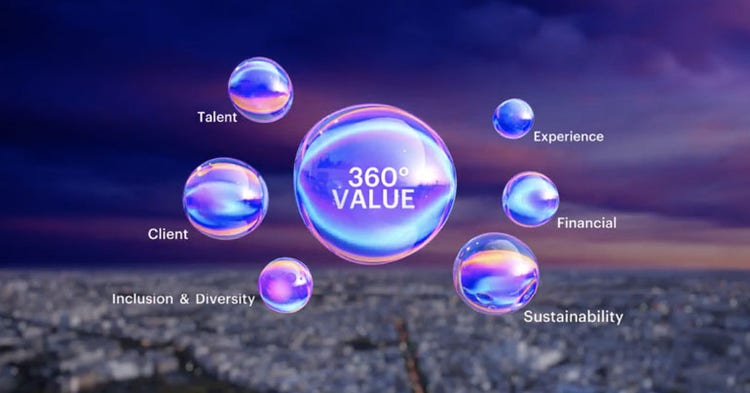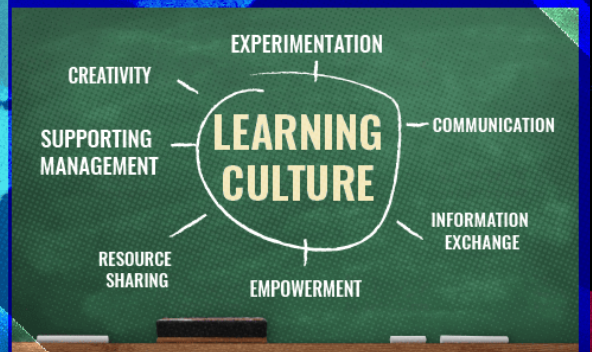Introduction:
In today’s hyper-competitive business landscape, companies are constantly seeking ways to differentiate themselves and deliver exceptional value to their clients. One strategy that has gained traction in recent years is 360-degree client value creation. This approach involves providing comprehensive solutions and support to clients across every touchpoint of their journey, from initial engagement to post-sale service. In this blog post, we’ll explore the concept of 360-degree client value creation and how it can serve as a potent competitive advantage for businesses.
Understanding 360 Degree Client Value Creation:
360-degree client value creation goes beyond traditional transactional relationships and focuses on delivering holistic value to clients at every stage of their interaction with the company. This approach encompasses various dimensions, including:
Pre-Sale Support: It begins with understanding the client’s needs, challenges, and objectives. By conducting thorough assessments and consultations, businesses can tailor their offerings to address specific client requirements effectively.
Product or Service Delivery: Once the client has committed to a purchase, businesses must ensure smooth and efficient delivery of products or services. This involves maintaining high standards of quality, timeliness, and reliability to meet or exceed client expectations.
Customer Experience: Exceptional customer experience is paramount in 360-degree client value creation. This entails providing responsive customer support, addressing queries and concerns promptly, and ensuring a seamless and enjoyable experience throughout the client journey.
Post-Sale Engagement: The relationship with the client doesn’t end after the sale. Businesses must continue to engage with clients post-sale, offering ongoing support, training, and assistance to maximize the value derived from their products or services.
Feedback and Improvement: Finally, businesses should actively seek feedback from clients to identify areas for improvement and innovation. By listening to client feedback and incorporating it into their processes, businesses can continuously refine their offerings and enhance client satisfaction.
The Competitive Advantage of 360 Degree Client Value Creation:
Implementing a 360-degree client value creation strategy offers several distinct advantages for businesses:
Differentiation: In a crowded marketplace, businesses that prioritize client value creation stand out from the competition. By delivering comprehensive solutions and exceptional service, they create a compelling value proposition that attracts and retains clients.
Client Loyalty: Building strong, long-lasting relationships with clients is key to sustained success. By consistently delivering value and exceeding expectations, businesses can foster loyalty and advocacy among their client base, leading to repeat business and referrals.
Enhanced Reputation: Businesses known for their commitment to client value creation earn a reputation for excellence and reliability in the market. Positive word-of-mouth recommendations and testimonials from satisfied clients further enhance their credibility and attract new opportunities.
Sustainable Growth: By focusing on the long-term success and satisfaction of their clients, businesses can drive sustainable growth and profitability. Loyal clients are more likely to increase their spending, expand their engagement, and contribute to the business’s bottom line over time.
Adaptability: A 360-degree client value creation approach fosters a culture of adaptability and innovation within the organization. By staying attuned to client needs and market trends, businesses can proactively adjust their strategies and offerings to stay ahead of the curve.
Conclusion:
In today’s competitive business landscape, delivering exceptional value to clients is paramount for success. A 360-degree client value creation approach enables businesses to differentiate themselves, foster client loyalty, enhance their reputation, drive sustainable growth, and adapt to changing market dynamics. By prioritizing client satisfaction and focusing on every aspect of the client journey, businesses can gain a significant competitive advantage and position themselves for long-term success.




















